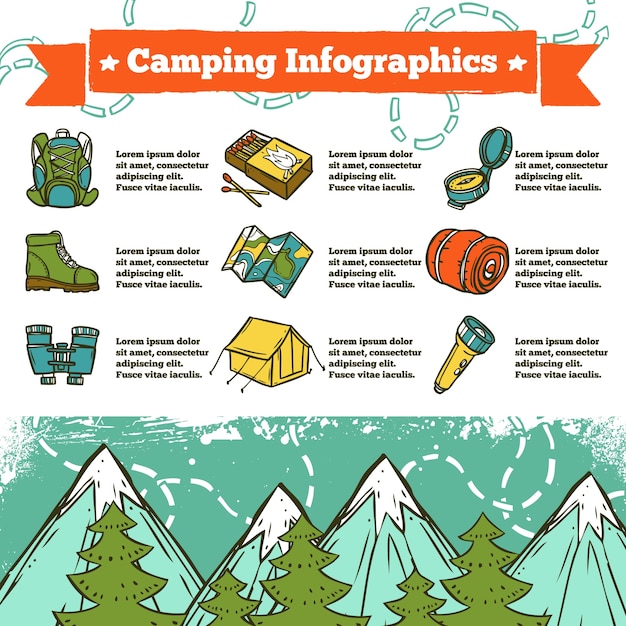Over time, the tents you utilize obtain put on and begin to break down. If you notice your rain fly becoming sticky or the urethane finishing exfoliating, it's time to bolster the waterproofing.
The very best area to start is to clean the fly in amazing water and odorless laundry cleaning agent. This will get rid of any dust and grit that may be triggering it to stick or flake.
1. Seal the Seams
The sound of water leaking inside your tent is among the most awful camping audios. Sealing the joints is an easy method to maintain moisture from permeating into your camping tent. To reach the seams, established your tent with the rainfly inside out for much easier accessibility. You can find seam sealant at most hardware stores. Thinly-mixed silicone functions well for this application. Be sure to let the sealer dry totally prior to putting your camping tent away.
2. Refresh the Urethane Layer
Sticky outdoor tents flies can arise from a break down of the polyurethane layer used in backpacking camping tents. If this holds true with your old fly, it's worth trying some basic strategies before sending it to the dump.
One method is to clean the fly and tent floor in breathability cold water with moderate powdered cleaning agent at a laundromat. This will usually strip off the flaked layer and restore waterproofing.
One more alternative is to soak the fabric in a blend of massaging alcohol and warm water. This will usually liquify the urethane layer into a green ball that can be scraped away. If any type of stubborn spots stay, use even more rubbing alcohol to the material and proceed saturating until it's clean and dry. Wash thoroughly and apply a new layer of waterproofing.
4. Examine the Flooring
Dripping water spots in the floor can cause considerable warm water loss, include in your home heating costs, and lead to mildew and mold issues in your house. Make use of an infrared thermostat to check the flooring and identify warm spots where water is leaving. These leaks might be caused by a worn gasket at the water heater or by an old line linking to it.
Flies are additionally brought in to natural products such as garbage, animal feces and remains in the yard and in cooking areas, and they lay their eggs in places such as sink drains where slime builds up. Control these breeding sites by consistently getting the trash and tidying up pet waste in the lawn.
